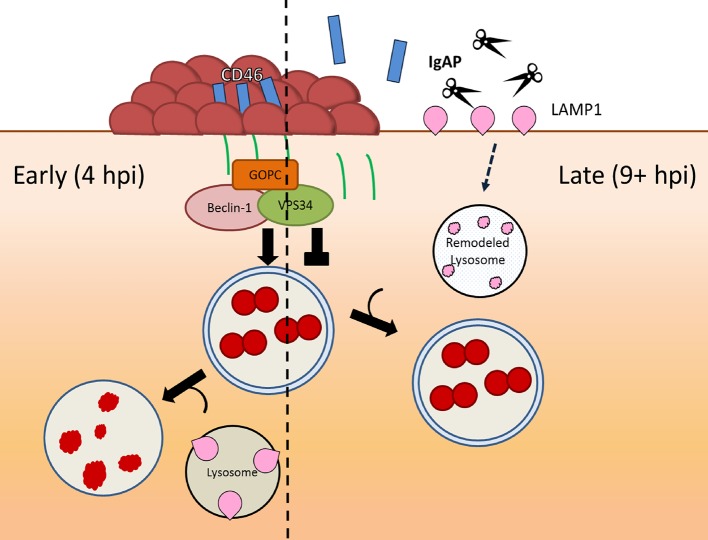Fig 6. The duality of N. gonorrhoeae-epithelial interactions and how these interactions allow the pathogen to survive autophagic killing.
Ngo adheres to and invades epithelial cells shortly after infection via its Tfp. Tfp retraction induces autophagy through the CD46-cyt1/GOPC pathway, reducing the number of viable bacteria invading cells at early stages of infection (left arrow). Throughout infection, Tfp retraction causes the shedding of the CD46-cyt1 ectodomain (blue rectangle) and the release of its cytoplasmic tail (green line), gradually reducing the intracellular pool of CD46-cyt1 and diminishing the ability of infected cells to initiate autophagy. Concurrently, the secreted IgAP cleaves LAMP1, ultimately remodeling lysosomes and blocking lysosome/autophagosome fusion and/or preventing degradation of autophagolysosomal contents (right arrow). This dual interference of the autophagic pathway promotes survival of Ngo invading at later stages of infection.

